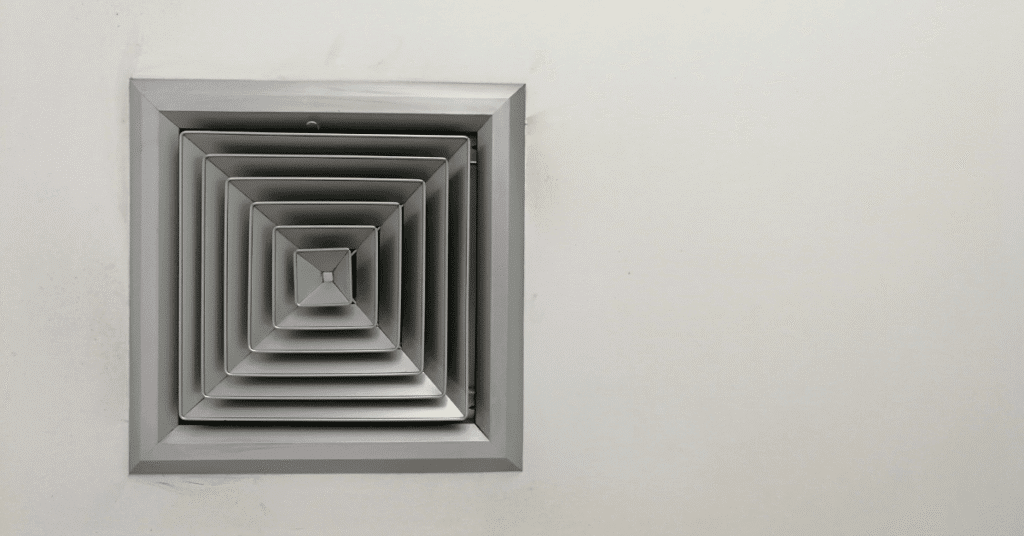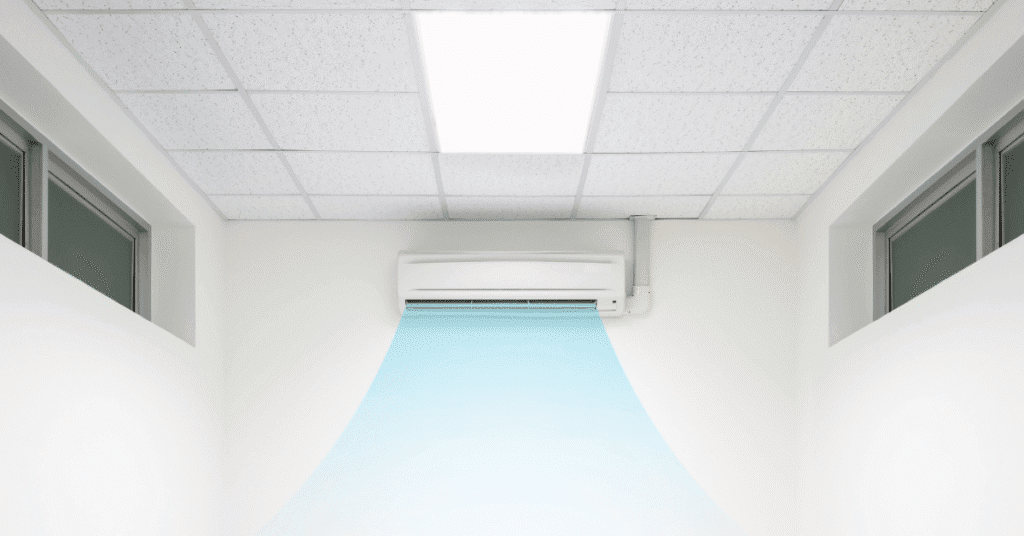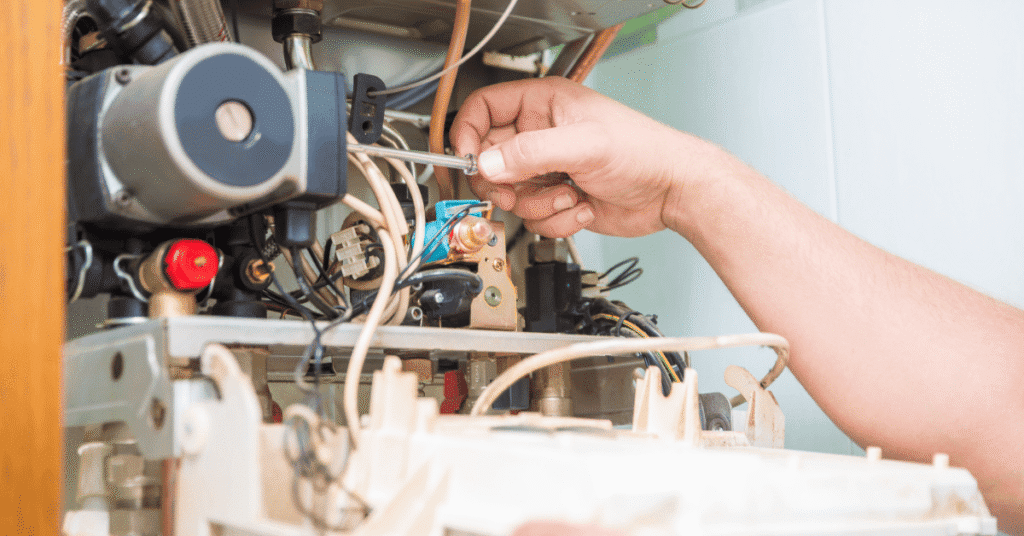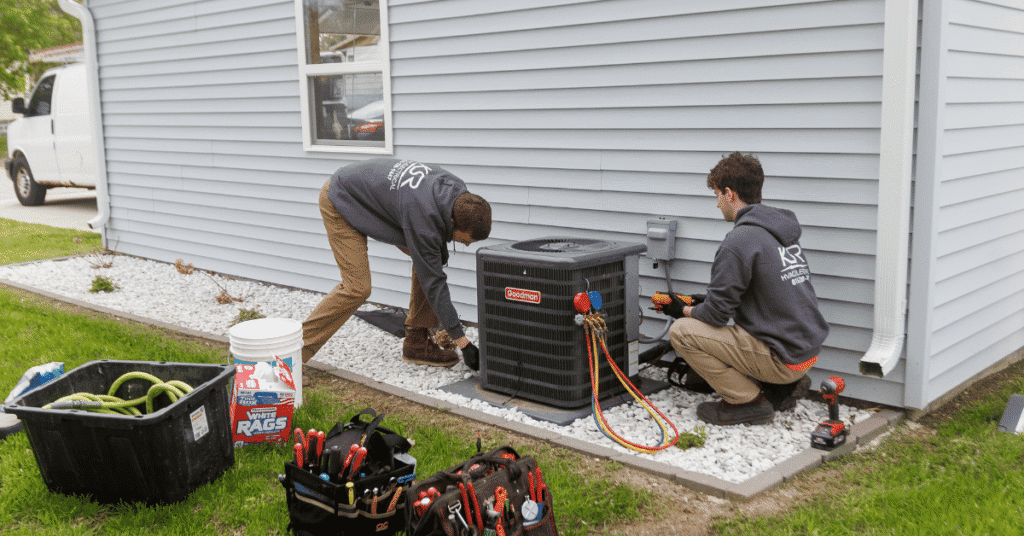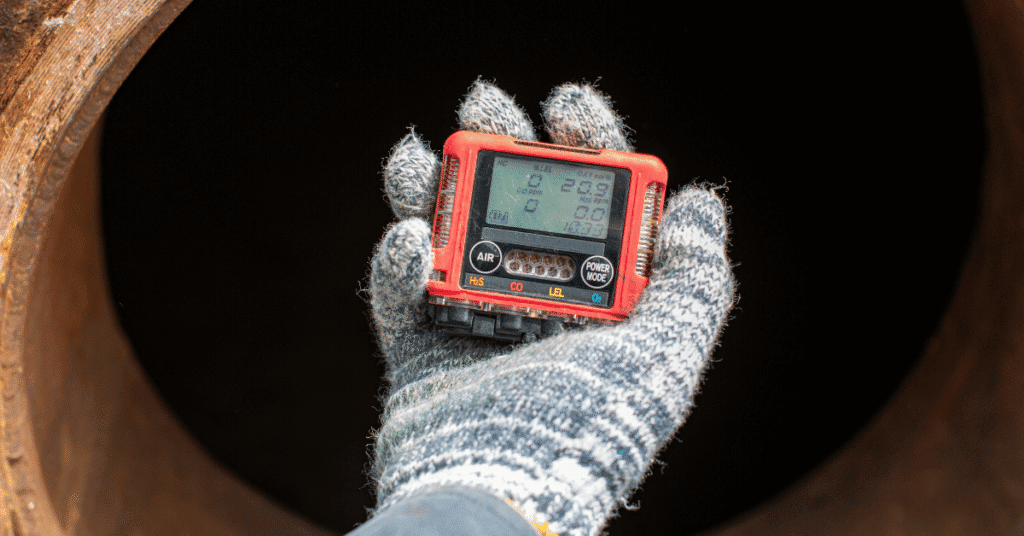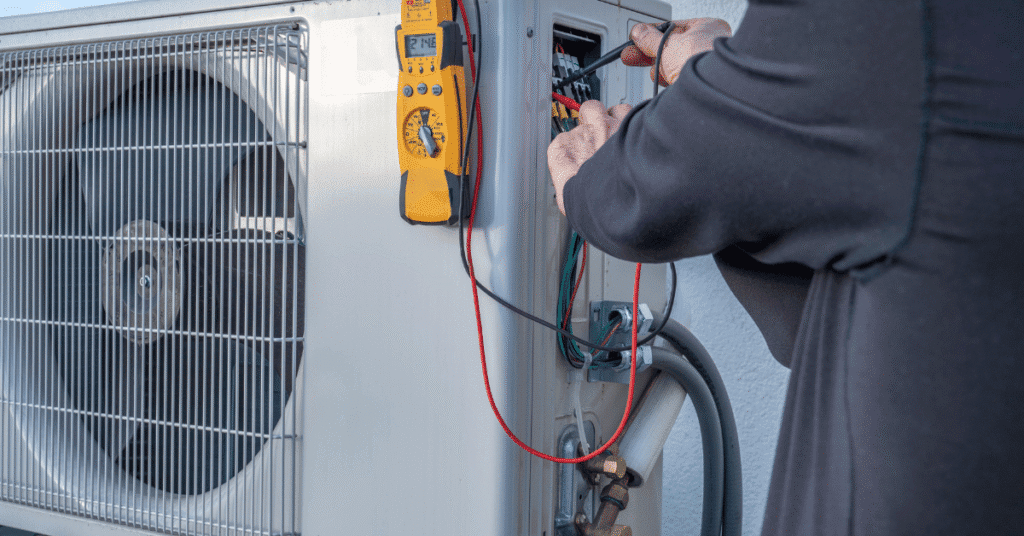Have you ever walked into one room of your home and felt chilly, only to step into another and feel like the air isn’t moving at all? Many homeowners blame the HVAC system, but the real issue often comes down to something simpler: the vent layout. The number of air vents, including return air vents and supply vents, along with their placement, determines how evenly your home stays comfortable, how clean the air feels, and how hard your system has to work.
In this article, we’ll break down why vents matter, how to spot common problems, and what you can do if your home doesn’t seem to have the right number of vents.
Why Air Vents Are Critical in Every Room
An HVAC system is designed to create balanced airflow, but that only works if vents are placed and counted correctly. Every room generally needs two types of vents:
- Supply vent that delivers conditioned air into the space.
- Return vent that pulls air back into the duct system to be filtered and conditioned again.
When both are present and sized properly, your rooms stay comfortable and the HVAC system doesn’t strain to do its job. Without enough vents, airflow is restricted, causing inconsistent temperatures, stale air, higher bills, and even the need for more frequent repair or cleaning services.
Signs Your Rooms Might Not Have Enough Air Vents
It’s not always obvious when vents are missing, but you can usually spot the symptoms:
- Uneven room temperatures: Bedrooms stay stuffy while family room areas cool down faster.
- Persistent hot or cold spots: Areas near windows or corners never feel right.
- Higher-than-normal energy bills: Your HVAC system blows air longer than necessary.
- Lingering odors and dust: Poor circulation reduces air quality and makes cleaning harder.
If you’ve noticed these issues, it’s worth reviewing the number of air vents in your home.
Common HVAC Vent Placement Mistakes
Sometimes it’s not just the number of vents but how they’re used. Even with a proper HVAC system installed, small mistakes can impact the number of air vents you need:
- Too few vents in larger spaces: A big living room may need two vents instead of one supply vent and one return vent.
- Blocked vents: Furniture or rugs covering vents restrict airflow.
- Closed vents: Shutting vents raises air pressure in ducts and stresses the system.
- Not enough return vents: Many return vents are needed in bigger homes to balance air pressure.
These issues can lead to poor airflow, forcing additional repairs or even installation of extra vents.

How to Know the Right Number of Vents for Each Room
So how many air vents do you need? HVAC professionals consider several factors when designing ductwork:
- Room size: Every 100 to 150 square feet may require at least one vent.
- Insulation: Poor insulation means you’ll need more vents to heat and cool evenly.
- Ceiling height: Higher ceilings may require additional vents to maintain proper airflow.
- System design: The right number of HVAC vents depends on balanced supply vents and return vents.
A small bedroom may only need one vent, while larger spaces may require two vents or more. Rooms may need additional vents if windows, layout, or airflow problems impact comfort.
The Connection Between Vents and Indoor Air Quality
Ventilation isn’t just about comfort; it’s also about health. Poor airflow allows dust, allergens, and even moisture to build up. That’s why supply vents and return vents are essential for better indoor air quality.
Balanced venting helps with:
- Dust control and easier cleaning.
- Humidity balance that reduces mold risk.
- Airflow that pulls pollutants into the air filter instead of letting them settle.
Adding return air vents or improving ductwork can also improve heating and air conditioning performance.
DIY Checks Before Calling an HVAC Contractor
Before calling a professional for HVAC service, you can:
- Count the number of return air vents and supply vents in each room.
- Check for blocked or dirty vent grilles.
- Compare temperatures across rooms with a thermometer.
- See if one room has poor airflow compared to others.
These steps can help you determine whether your home needs more return vents or better duct system adjustments.

Professional HVAC Vent Assessment & Adjustments
If problems continue, an HVAC contractor can determine the number of vents you need. HVAC professionals use tools to measure airflow and duct pressure, and may recommend:
- Adding return air vents where airflow is weak.
- Resizing or rerouting ductwork.
- Installing zoning systems.
- Air vent cleaning or new vent installation for better performance.
Final Thoughts – Getting Airflow Right the First Time
Air vents might not be the first thing you notice, but they are one of the most important parts of an HVAC system. Without the right number of air vents and return vents, your home can suffer from uneven temperatures, higher bills, and poor air quality.
